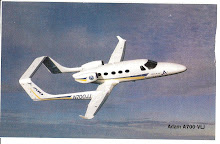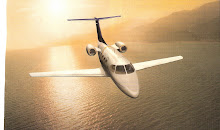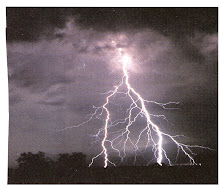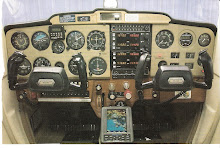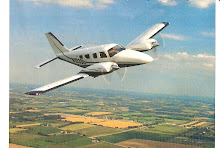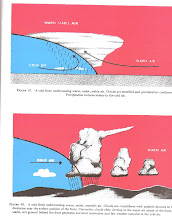Now it's time for a little trivia (so I can get my act together and before the November NTSB Accident count). Did you know that we now have computer concepts beyond the planning stage that will replace our current computers? More 'search engines', more information, etc. Do we need more and more? How many hours are we spending on the computer to find something that we really don't need or can't use? Okay, then, we'll accept the future computers and get on with it!
Now for the amateur poetry section: I composed this one sleepless night.
Alone
Yes, I am alone, I'm glad you asked,
Not my choice, too often not happy,
Am I up to the task?
To myself, I say, is this really living?
I wonder, little better than dead.
Relatives few, not a wife, yet considerable
Strife,
A friend or two, no one to please or command,
That's my life.
I never thought I'd reach this far,
Now maybe too far, maybe best to go,
I don't know.
Still, each day arrives, I begin, then hesitate,
The face of it, often hard, seems not to end,
Somehow I continue on, and try again.
A choice you say, I think not,
When I look at others, oh so slow,
I think not for me, fast forward, let me go.
Some say busy is best, later you can rest.
A project, perhaps, a friend in need,
Anyway a good deed.
Better you feel, the sadness gone,
Life is worth living.
A way yet to go, with GOD and grace, and giving,
Still, I don't know.
Robert Shaw
If you are reading this, you are probably looking for more and current information on aviation subjects. This I will provide in the future. If there is something special that I can help you with, E-mail me at roberthshaw@sbcglobal.net. And, don't forget, I need your feedback, too.
Thanks for listening. R.S.

